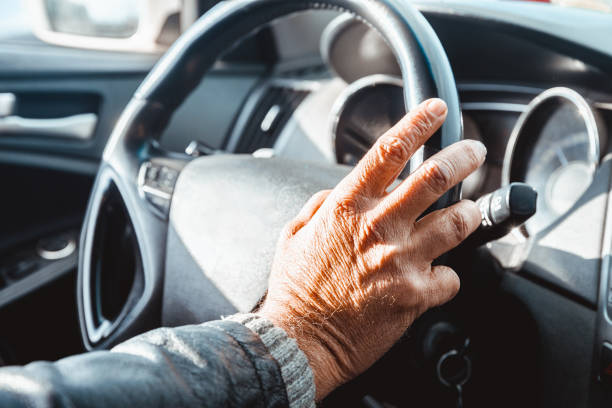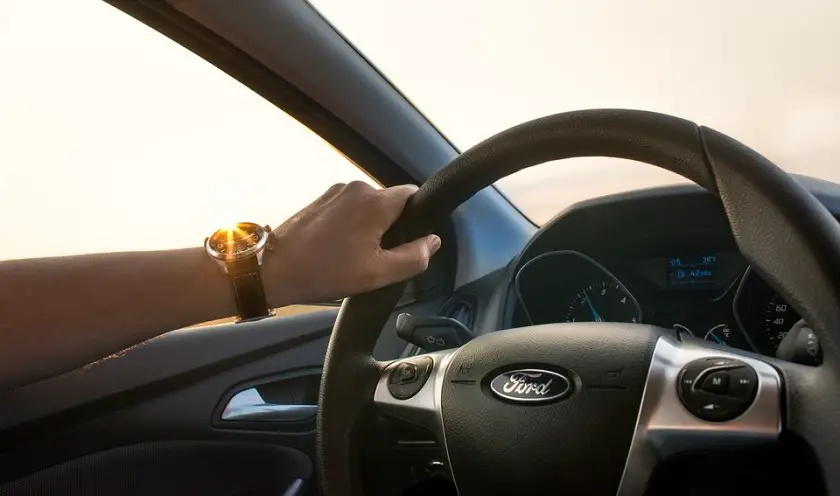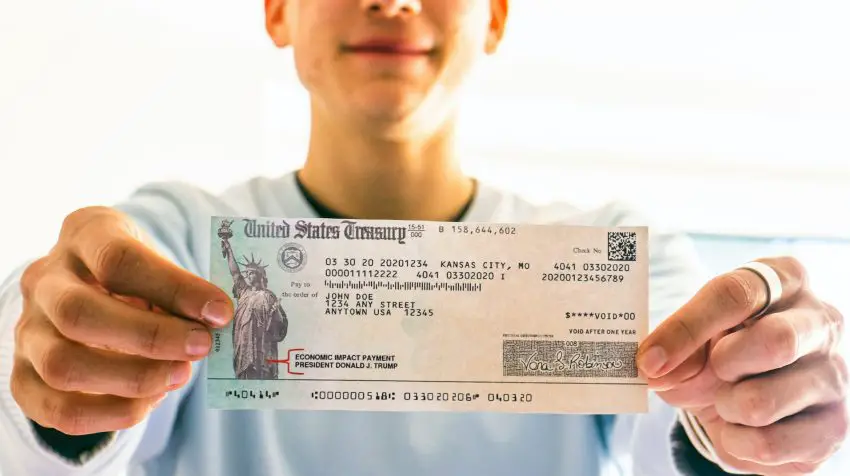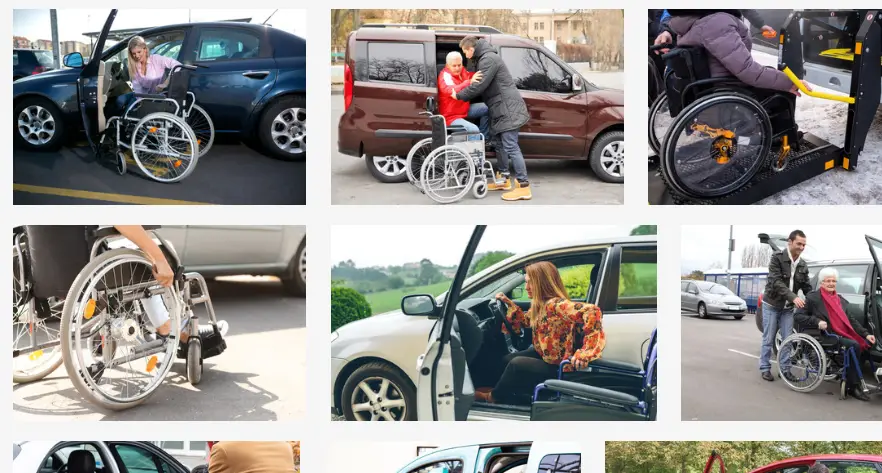Modern science and technology have revolutionized the world, creating several new opportunities that our forebears could only dream of.
Advanced means of transportation have virtually eliminated the distance between continents, and super fast means of communication have turned our world into a global village.
Disabled people have also benefitted from modern scientific advances.
It is no longer surprising, in most parts of the world, to see amputees and people with other forms of disability function as sportsmen and professionals in a wide variety of fields with the aid of prosthetics and other devices.
Regarding driving, disabled persons are increasingly taking the wheel with the increase in popularity of vehicles modified to suit their needs.
But to what extent is this legal?
Especially when drivers lack one arm – their key means of controlling the car’s steering wheel.
Table of Contents
- What Does Driving Mean to One-Armed Persons?
- Can a One-Armed Person Drive?
- Can a One-Armed Person Obtain a Driver’s License?
- What Are Disabled Parking Spaces?
What Does Driving Mean to One-Armed Persons?
While some disabled people prefer to use the services of a private chauffeur or take public transport, others prefer to drive themselves.

Here are some of the reasons why they make this choice.
Related: Can You Buy Wheelchair Accessible Seat Tickets If You’re Not Handicapped? (Answered)
Personal independence
Freedom and liberty are innate instincts in human beings, disabled and non-disabled alike. We all love to be in charge of our lives and personal endeavors.
Driving allows disabled people to transport themselves to places of interest and leisure without relying on assistance from others. They can explore and enjoy adventures independently.
Social integration and equality
In many parts of the world, disabled persons often feel lonely and excluded from society.
They regularly have to fight against societal biases and discrimination against them. Driving puts them on an equal pedestal with their non-disabled peers and allows them to pursue personal and professional careers.
Driving helps disabled persons integrate disabled people into their society, gives them a greater sense of belonging in society, and helps them live a more fulfilling life.
Can a One-Armed Person Drive?
Yes, a one-armed person can drive.
From 1990, there has been in effect civil rights legislation aimed at protecting the rights of disabled persons to drive.

The Americans with Disabilities Act (ADA) makes it illegal for individuals to be discriminated against on grounds of their disability, both in professional and informal spaces. By the stipulations of this law, it is discriminatory for the Department of Motor Vehicles (DMV) of any state to refuse to issue the necessary documents for driving to any person solely based on their disability.
This makes it legal for persons with one arm to drive, as long as they possess the necessary license and documents.
They have as many rights to use the road as anyone else.
However, a state’s DMV may legally require disabled drivers to have certain modifications made to their vehicles to guarantee the safety of the said drivers as well as of other road users. Disabled drivers, however, are legally bound to report their disability to their state’s DMV.
Persons with disabilities are subject to the same traffic regulations and road use laws as all other road users.
Related: Can I be a Foster Parent If I Am on Disability? (Answered)
Can a One-Armed Person Obtain a Driver’s License?
Driver’s licenses can be issued to persons with all types of disabilities in all states.
The major requirement here is that they show proof of their ability to control their vehicles effectively. Proper training can help persons with only one arm to meet this requirement.
However, the process of obtaining a driver’s license for every disabled person generally involves the following steps. It’s worth noting that some details may vary from state to state, as each state has its own motor vehicle regulatory laws.
- Meeting the eligibility standards for driving. Although all persons up to the age of 15 may take driving classes, one must be at least 16 years of age to be eligible to receive a driver’s license. They must also be mentally fit
- Take medical examinations if required by the state to prove body coordination. Vision tests may also be required
- For better control of one-armed persons’ vehicles, certain modifications may be necessary. It is crucial to use a car with automatic transmission. It is advised for one-armed persons to take their driving lessons in driving schools that have provisions for disabled driving education. Not all driving schools do
- Take driving classes. This includes theoretical and practical sessions and aims at imparting the necessary knowledge on driving and road usage to drivers. People with the use of only one arm may require special driving classes. Instructors who specialize in disabled driver training teach the disabled person how to manage the modifications effectively made to their car. This is called adaptive driving training. The instructors try to get the disabled person to control their car in such a manner as to ensure the safety of other road users. They also learn to be composed behind the wheel and to obey the traffic signs and other road laws, as these apply to all road users alike
- Take driving tests. Just like the classes, this involves practical as well as theoretical parts. While the latter may involve a perception skills evaluation section as well as other examinations, the former involves road driving tests. Vehicles specially modified to accommodate the disabled person’s unique needs can be used for the road tests
- After passing both tests, the disabled person receives a driving license and a special disabled license plate in some cases
Related: How to Dance With Someone in a Wheelchair
What Are Disabled Parking Spaces?
The ADA provides special parking spaces for the use of disabled people. This is to ensure that they can park safely and conveniently.
It is stipulated that for every 25 parking spaces allotted for the use of non-disabled persons, one space should be set apart for the use of disabled persons. Both public and private parking lots are bound by law to obey this rule.
The exit and entrance points of parking lots often serve as locations of these disabled persons’ parking spaces.
They are also expected to provide sufficient room for disabled people who may be using wheelchairs, canes, or other means of support.
Disabled persons receive special permits also known as badges, tags, or placards that qualify them for admission into disabled parking spaces. Their car mirrors or other parts of their vehicles can display these permits.
Special licenses may also be issued to them.
While every state has its unique list of what disabilities qualify for receiving disabled parking permits, eligibility is typically extended to persons without the use of one or both arms. Non-disabled persons who are found to park in disabled parking spaces risk standing charges for fraud.



